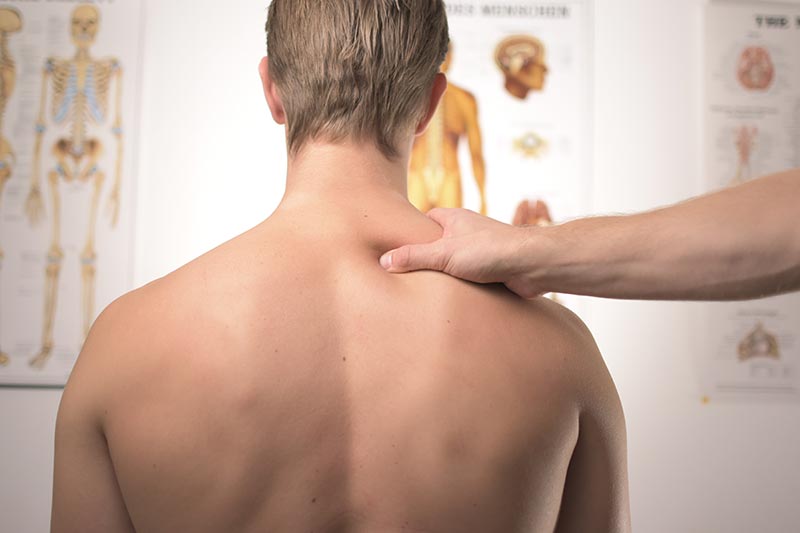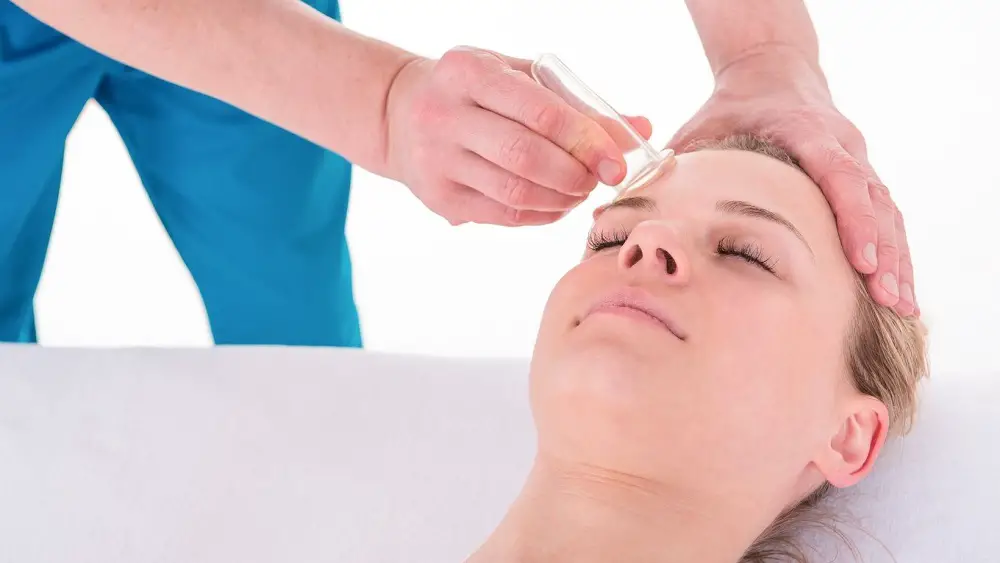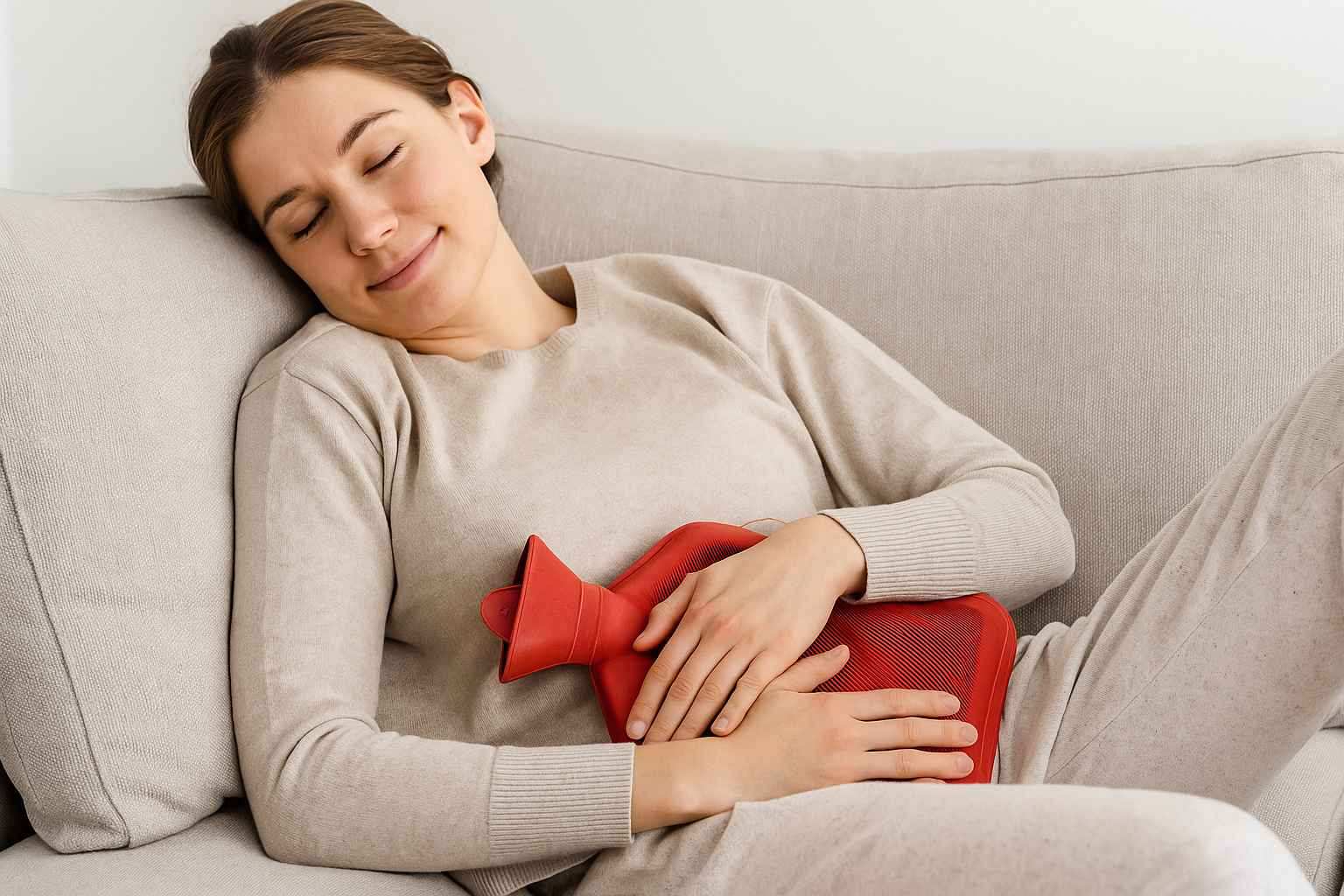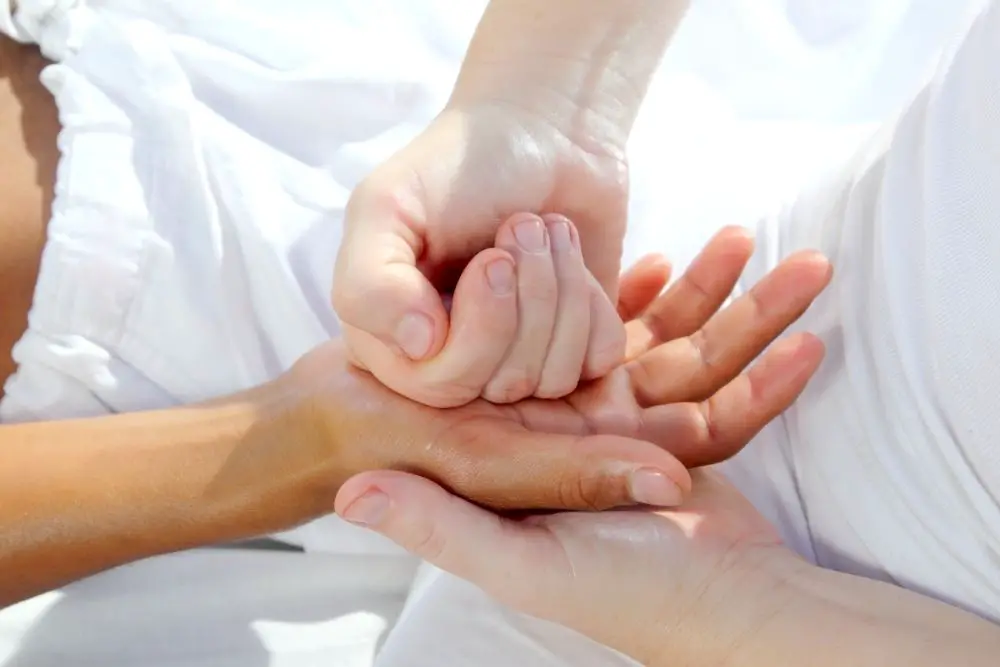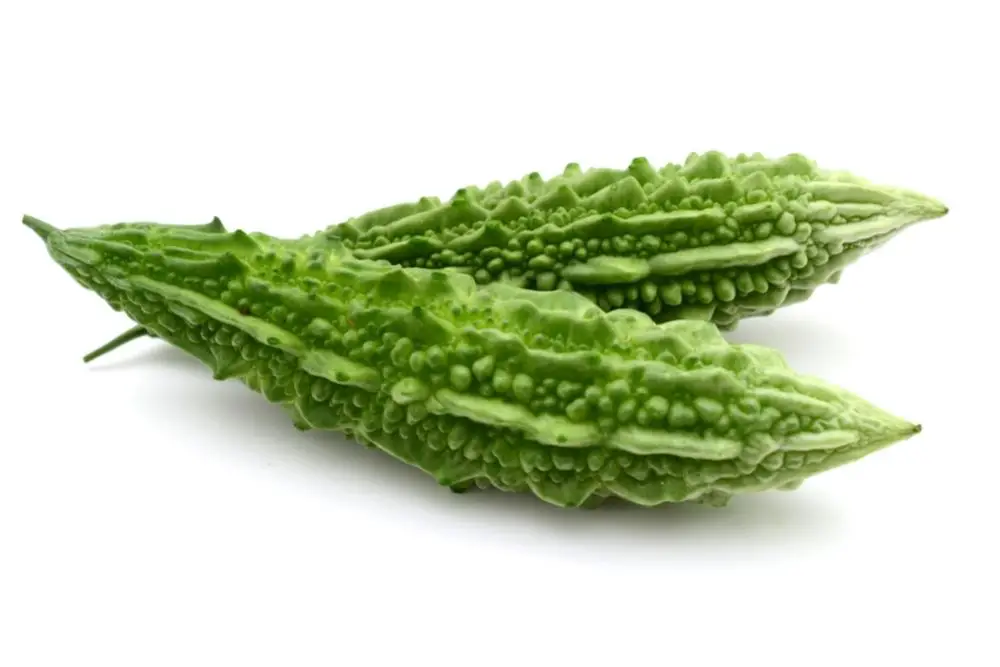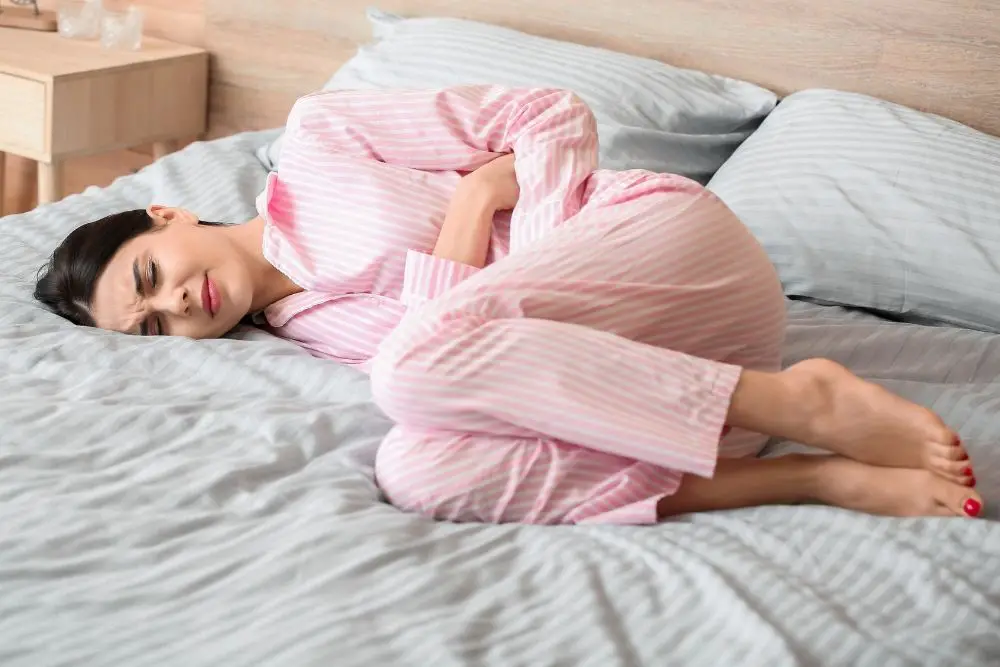Historical reports on ancient Chinese treatments talk about 13 different categories of strong acupoints. In these categories, we have alarm points, primary points, sedation points, and tonification points. Out of all the points, tonification and sedation play a valuable role in acupressure. The question is, what is tonification and sedation in acupressure?
How can these points affect the treatment? Here, we will answer all your questions for you. We will talk about the effect and uses of these acupoints. How to utilize their potency, where they are located, and more. But let’s start with the basics first.
What Is Acupressure?
Acupressure is an ancient Chinese treatment that relies on acupoints to balance out the energy (Qi) and treat pain and illnesses. These acupoints are scattered in strategic locations all around the body and are believed to be connected to a network of organs.
During treatment, acupressure sends out a signal through these points to regulate the mechanism and promote its own self-rejuvenation process. Through an acupressure massage, the body restores the normal flow of Qi and helps the system return to its natural state.
With simple rotary movement, firm presses, and massages, acupressure stimulates the acupoints and promotes physical and emotional well-being.
What Is Tonification and Sedation in Acupressure?
Every acupoint in the human body has a role to play. Sedation and Tonificaton are potent points in the body that go by the name Child and Mother. Every meridian has points that connect to the five elements, Tonification and Sedation are no exception.
These five elements are:
- Metal
- Water
- Wood
- Fire
- Earth
The point that connects to the Mother element of the meridian is the Tonification or the Mother point. The point that connects to the Child element is the Sedation or Child point.
Despite their name, they are not just used for sedation or tonification. They have multiple uses depending on the element, location, and meridian.
For example, let’s say a patient has a specific health issue that’s connected to a certain element. If they are stressed out, they would like the treatment to bring them joy and happiness. In that case, the therapist will need to work with the fire element or the heart meridian.
If the patient has trouble with focus and goals, then the therapist will need to work with the wood element or the liver meridian. Since the two organs are intertwined with meridian pathways, the liver can support the heart. Then, the treatment becomes beneficial for balancing out the body.
These powerful acupoints offer the same results. Depending on the pressure point, they could contribute to an array of functions and benefits. For a therapist to make use of both Tonification and Sedation, they have to be fully acquainted with the meridians in the human body and their connection to the organs.
What Are Tonification and Sedation Used for In Acupressure?
With acupressure, all three points (primary, sedation, and tonification) can be worked at the same time. In some instances, even the primary point would act the same way as a tonification or a sedation point.
Dr. Yoshio Nakatani, the man who created the Ryodoraku method back in 1951, relied on the sedation and tonification point to treat the primary points. But for experienced acupressure therapists, all these points can come in handy when trying to boost emotional healing.
With sedation and tonification, the possibilities are limitless. Therapists can use them to treat various health problems, primarily if they are related to a specific organ. Here is a list of some of the necessary sedation and tonification points, including their element and uses.
Lung (9) – Tonification Point
This point is connected to the Earth element and is situated in the wrist joint and radial artery. Its main uses are to:
- Strengthen the blood by replenishing the minerals and nourishment
- Promote Lung Qi
- Clear the liver and lung heat
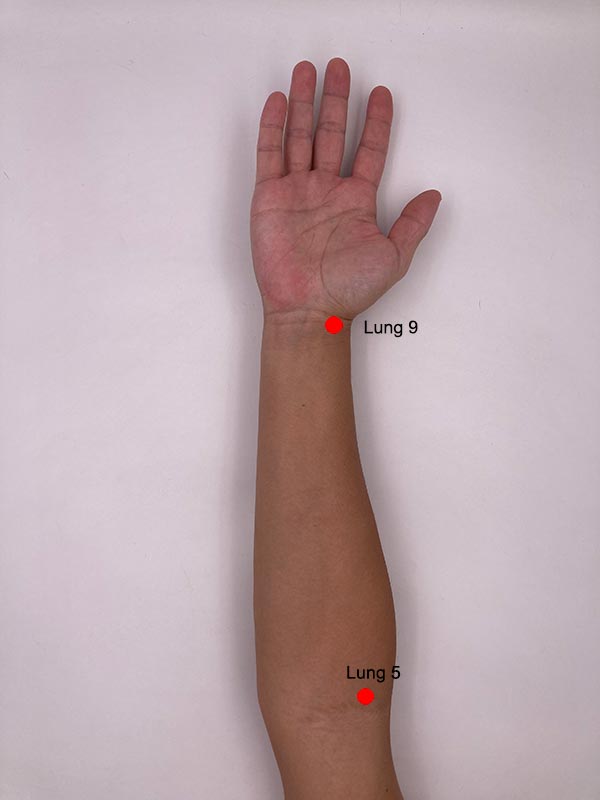
Lung (5) – Sedation Point
This point is connected to the Water element and can be accessed on the elbow. But, for a therapist to reach the point, the elbow will have to be a little bit flexed. This will reveal the bicep tendon and the actual point. Its main uses are to:
- Solve Phlegm
- Regulate the bladder
- Boost the flow of Qi to the lungs
- Control the moisture in the lungs
- Calm the mind
Large Intestine (11) – Tonification Point
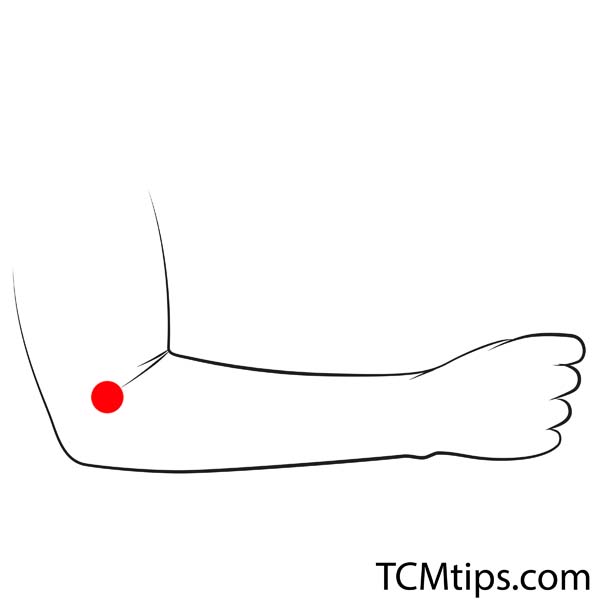 This point is connected to the Earth element and can be found in the middle of the elbow in the Cubital Crease. The patient will have to bend the elbow to reveal the point. Its main uses are to:
This point is connected to the Earth element and can be found in the middle of the elbow in the Cubital Crease. The patient will have to bend the elbow to reveal the point. Its main uses are to:
- Clear the body heat
- Balance the bowel movements
- Cool the blood
- Treat dampness
Large Intestine (2) – Sedation Point
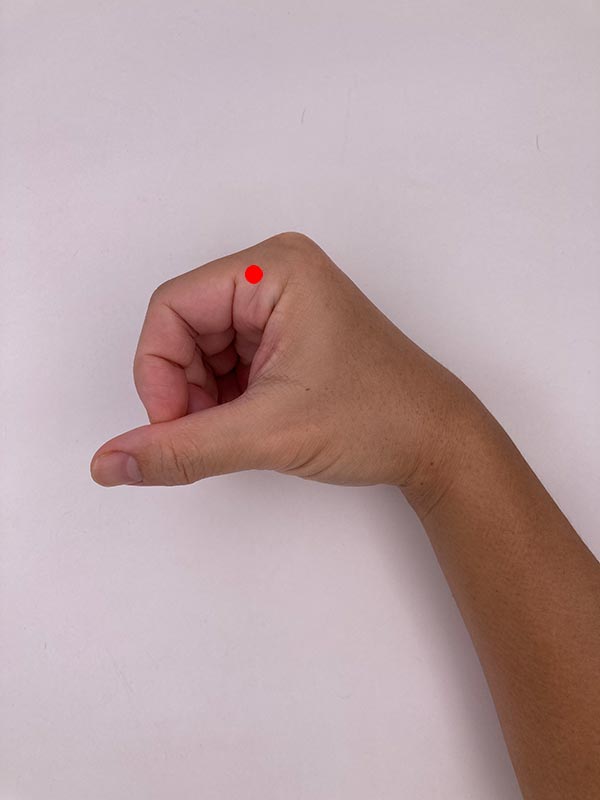
This is another point that’s connected to the Water element. It is on the radial side of the palm, right on the index finger close to the finger joint. It is meant to:
- Expel heat
- Get rid of any obstructions (like Qi blockage, dryness, constipation, etc.)
Stomach (41) – Tonification Point
This one is closely connected to the Fire element. It is situated on the ankle joint between the digitorum and hallucis tendons. It is used to:
- Calm the mind
- Restore the proper flow of Qi
- Clear out the stomach
- Lift any mental agitations
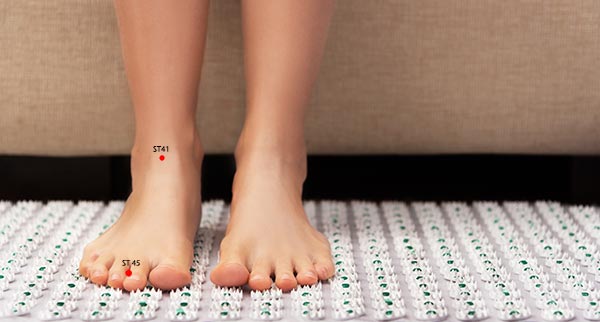
Stomach (45) – Sedation Point
Like with any organ in the human body, there are multiple acupoints that are connected to the stomach. This one is just one of them. It is also linked to the Metal element. The point can be found on the second toe on the corner of the nail. It is meant to:
- Clear out food retention
- Control the appetite
- Regulate the heartbeat and breathing
- Soothe the mind
- Cool the heat in the stomach
Spleen (2) – Tonification Point
This is another acupoint linked to the Fire element. It is also directly connected to the spleen and can be found on the side of the large toe. Right next to the actual joint. It has multiple uses, but it is mainly there to:
- Manage the dampness
- Soothe the mind
- Clear out the heat
- Boost digestion
- Regulate the spleen
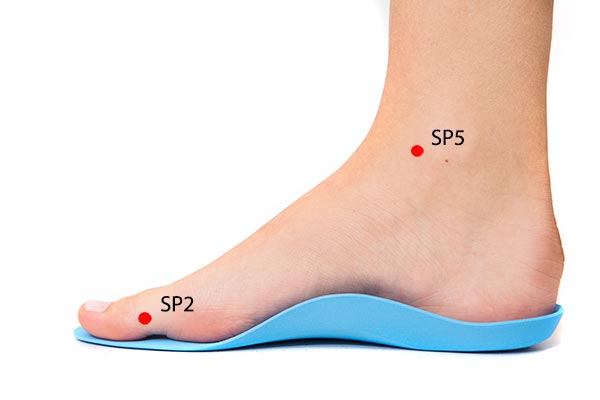
Spleen (5) – Sedation Point
The second acupoint in the feet connected to the spleen is this one. It is also linked to the Metal element and can be found on the border of the Navicular Tuberosity, the muscle right next to the feet joint. It is meant to:
- Empty out the digestive system
- Help the intestines
- Clear out the dampness
- Boost joint health
- Remove stagnation
Heart (9) – Tonification Point
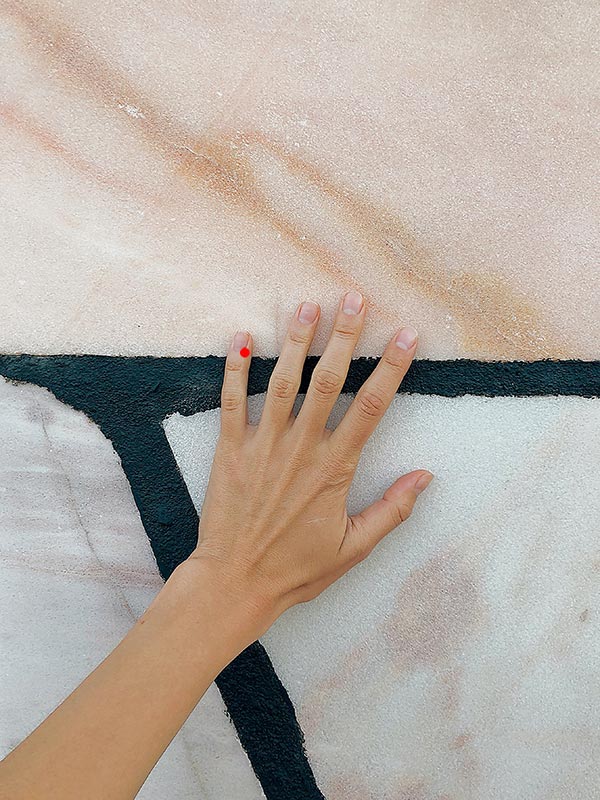
- Benefiting the eyes and tongue
- Stroke, heart attack, and hypertension control
- Soothing the mind
- Clearing out the heat
- Restoring the flow of Qi
Heart (7) – Sedation Point
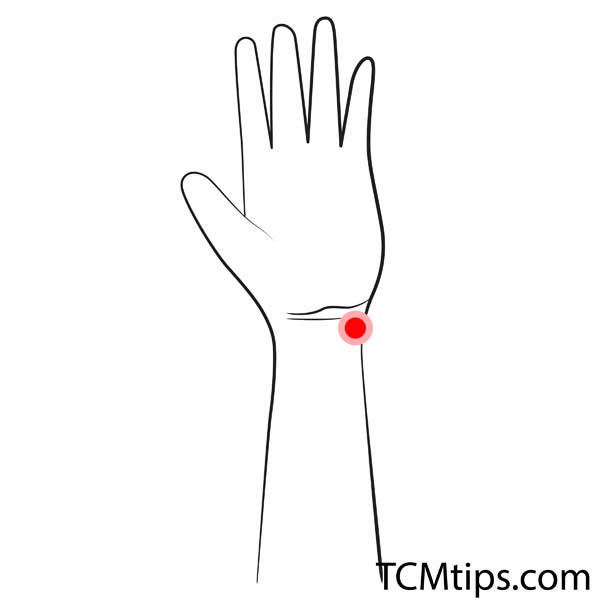
- Promote stability
- Center the mind
- Empower the heart
- Calm the body
What Do These Points Have to Do With the Human Body?
When treating a patient with acupressure, a therapist must consider the algorithm of every acupoint, whether it is a primary, sedation, or tonification point. They can tailor the massage to the patient’s needs and use several possibilities to make the massage more beneficial.
With adequate pressure and excellent precision, these acupoints can release the flow of Qi and interact with the organs they are connected with. The connection may seem simple, but each meridian has to be massaged correctly if the patient is to experience a positive outcome of the treatment.
If a therapist were to miss the point, they could disrupt the flow of energy. With such a misbalance, it will be impossible to get the desired effect, and the acupressure treatment won’t provide any benefits. That’s why a therapist must be fully experienced in the procedure to give patients the treatment they are hoping for.
Conclusion
Tonification and Sedation in acupressure are valuable meridians that are located all around the human body. Each point is linked to a specific element and has a range of different uses. To make the most of acupressure therapy, a practitioner will need to know the exact location of these points to provide patients with a worthy treatment. Figuring out the details can help. That’s why we have listed some of the more potent points you should know about.
Related Reading: Important: These are the FIVE Acupuncture Points To Avoid During Pregnancy
Credit: Feature Photo by Jesper Aggergaard on Unsplash

Try our Anti-Aging Gua Sha Tool designed to bring out your skin’s natural glow.
Best Gua Sha Product- Anti-Aging: The tool is designed to target 11 specific aging signs such as wrinkles and sagging skin. By following the 7-step routine, users can improve skin firmness and reduce fine lines naturally.
- Enhances Skincare Routine: It works effectively with serums and lotions, boosting absorption and efficacy of skincare products.
- Visible Skin Improvement: Users can expect a smoother complexion, reduced puffiness, and a more youthful appearance.
 P. Sze
P. Sze 